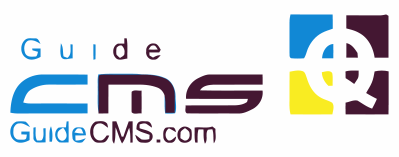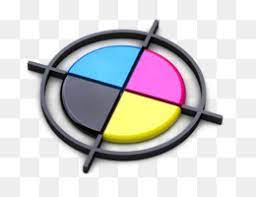Prerequisite knowledge
Section 1.1, “Concept: Drupal as a Content Management System”
What is a module?
A module is a set of PHP, JavaScript, and/or CSS files that extends site features and adds functionality.
You can turn the features and functionality on by installing the module, and you can turn it off by uninstalling the module; before uninstalling, you may need to remove data and configuration related to the feature or functionality.
Each module that is installed adds to the time needed to generate pages on your site, so it is a good idea to uninstall modules that are not needed.
The core download provides modules for functionality such as:
- Managing user accounts (the core User module)
- Managing basic content (the core Node module) and fields (the core Field and Field UI modules; there are also core modules providing field types)
- Managing navigation menus (the core Menu UI module)
- Making lists, grids, and blocks from existing content (the core Views and Views UI modules)
You can download additional contributed modules from the Drupal.org Module Downloads, or create your own custom modules.
Related topics
- Section 1.3, “Concept: Themes”
- Section 1.4, “Concept: Distributions”
- Section 4.4, “Uninstalling Unused Modules”
- Section 11.1, “Finding Modules”
- Section 11.3, “Downloading and Installing a Module from Drupal.org”
- Section 13.3, “Concept: Security and Regular Updates”
- Section 13.6, “Updating a Module”
Additional resources
Drupal.org community documentation page "Module developer’s guide"
Attributions
Written by Jennifer Hodgdon.



